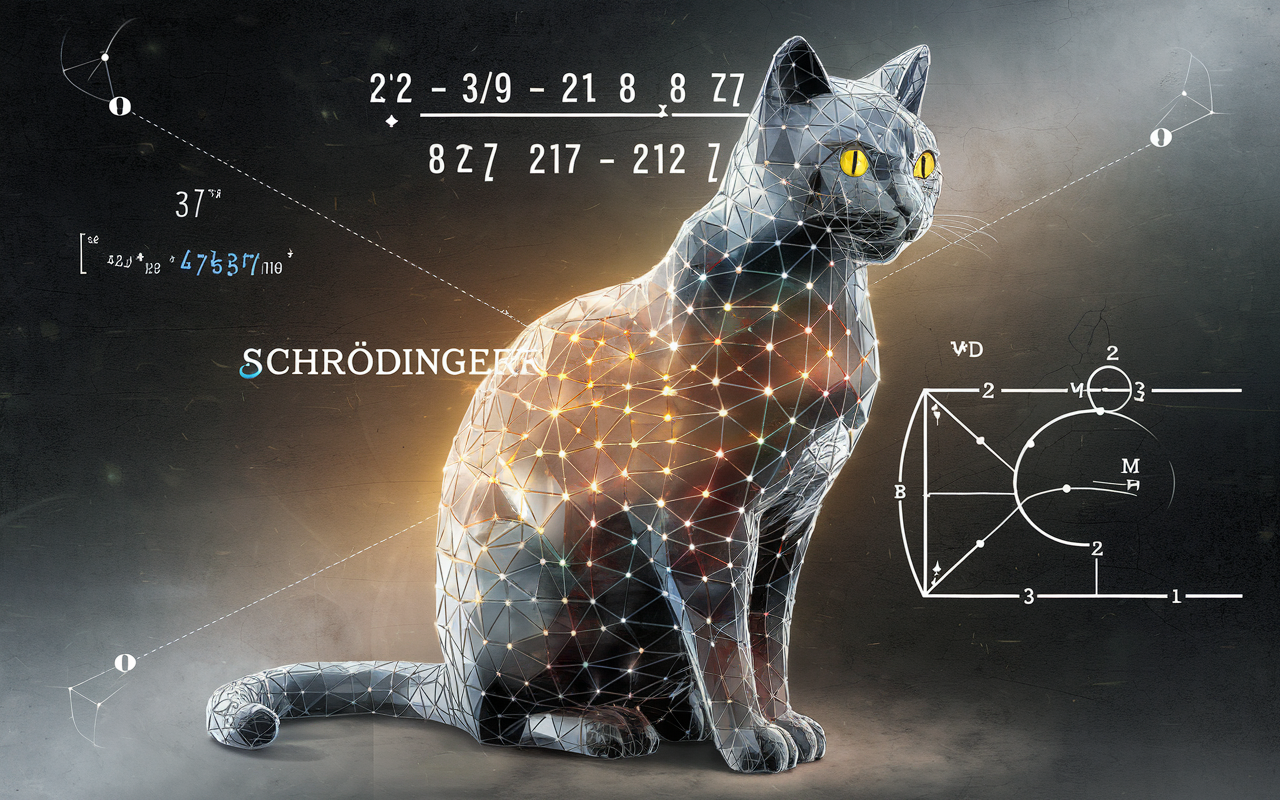Lepbound is a term gaining attention in the world of quantum mechanics and theoretical physics. It represents an intriguing concept with profound implications for understanding the fundamental nature of particles and their interactions. This article dives into the principles behind lepbound, its theoretical basis, and its transformative applications in science and technology.
What Is Lepbound?
At its core, lepbound refers to a theoretical framework in quantum physics that seeks to define the constraints and relationships among leptons—subatomic particles such as electrons, muons, and neutrinos. The name combines “lepton” and “bound,” symbolizing the restrictions governing the behavior and properties of these particles under specific conditions.
Understanding lepbound requires familiarity with quantum field theory, where particles are not seen as singular entities but as excitations in a quantum field. Lepbound’s study revolves around establishing mathematical boundaries that predict particle behaviors more precisely.
The Role of Leptons in Quantum Mechanics
Leptons are elementary particles that form one of the fundamental building blocks of matter. They belong to the fermion family, which obeys the Pauli exclusion principle. The six types of leptons—electron, muon, tau, and their associated neutrinos—each play vital roles in particle physics and cosmology.
These particles’ interactions are primarily mediated through the weak nuclear force and electromagnetism. In this context, lepbound theories help describe and constrain their behaviors, aiding in the discovery of new particle states and interactions.
The Emergence of Lepbound in Physics
Lepbound emerged from the need to refine existing quantum mechanical theories. With advancements in particle accelerators and detectors, researchers have identified discrepancies between observed phenomena and theoretical predictions. The study of lepbound helps close these gaps by providing new constraints on lepton properties and interactions.
Physicists working on lepbound often leverage the Standard Model as a foundational framework. However, the concept has also opened pathways to explore physics beyond the Standard Model, including theories like supersymmetry and string theory.
The Mathematical Framework of Lepbound
Lepbound relies on advanced mathematical constructs, including differential equations, group theory, and symmetry principles. These tools are employed to:
- Define energy states and boundaries for leptons.
- Predict scattering behaviors in high-energy collisions.
- Model lepton-antilepton annihilation and pair production processes.
The mathematical precision required for lepbound research often involves computational simulations. Supercomputers process these equations to validate theoretical predictions against experimental data.
Why Is Lepbound Important?
The significance of lepbound lies in its potential to address unanswered questions in quantum mechanics and particle physics. These include:
- Understanding dark matter and dark energy through lepton interactions.
- Refining predictions for neutrino masses and oscillations.
- Providing insights into the unification of forces.
Moreover, lepbound theories are instrumental in validating experimental results from facilities like CERN, Fermilab, and others conducting high-energy particle physics research.
Applications of Lepbound in Modern Science
Particle Accelerators
Lepbound theories guide experiments in particle accelerators, where lepton collisions reveal hidden aspects of the universe’s building blocks. By offering constraints, lepbound ensures the accuracy of experimental designs and results.
Quantum Computing
Quantum computing has benefited from lepbound concepts. Lepton-based quantum states exhibit unique properties that enhance qubit stability and error correction, making them promising candidates for next-generation quantum processors.
Astrophysics and Cosmology
Lepbound aids in modeling cosmic events, such as supernovae and black hole formations, where lepton interactions play critical roles. It also contributes to studying the early universe, particularly during the Big Bang.
Exploring Physics Beyond the Standard Model
While the Standard Model successfully describes many phenomena, it falls short in areas such as gravity and dark matter. Lepbound provides a theoretical framework to extend these boundaries, potentially unifying quantum mechanics with general relativity.
Supersymmetry theories, for example, have incorporated lepbound to explore hypothetical particles like neutralinos. If proven, such particles could bridge the gap between observable matter and dark matter.
Challenges in Studying Lepbound
Experimental Constraints
Lepbound research often requires extreme conditions, such as high-energy environments or ultra-precise measurements. Achieving these conditions demands sophisticated instruments, which are limited by technological and financial constraints.
Mathematical Complexity
The equations governing lepbound are highly non-linear and intricate. Solving them requires extensive computational resources, making progress slow and labor-intensive.
Validation of Theories
Experimental validation of lepbound predictions remains a challenge. Minor discrepancies between theory and experiment could necessitate revisiting fundamental assumptions, requiring significant time and effort.
Advances in Lepbound Research
In recent years, collaborative efforts across institutions have accelerated lepbound studies. Breakthroughs include:
- Improved neutrino detection techniques.
- More accurate lepton scattering experiments.
- Enhanced computational models for simulating lepton behaviors.
Such advances are bringing lepbound closer to practical applications in fields like medicine, energy, and information technology.
The Future of Lepbound
As technology evolves, so will the ability to test and refine lepbound theories. Innovations in particle detectors, AI-driven simulations, and quantum technologies will likely drive future research. The potential discoveries could revolutionize our understanding of the universe’s fundamental laws.
FAQs
What is lepbound?
Lepbound is a theoretical framework in quantum physics focusing on constraints and interactions among leptons.
How does lepbound impact the Standard Model?
Lepbound enhances the Standard Model by addressing its limitations and exploring areas like neutrino behavior and dark matter.
What are the applications of lepbound?
Applications include particle accelerators, quantum computing, and astrophysical modeling, among others.
Why is lepbound challenging to study?
Challenges arise from experimental constraints, mathematical complexity, and the need for precise validation of theories.
Is lepbound connected to dark matter research?
Yes, lepbound theories provide insights into particle behaviors that could explain the nature of dark matter.
What is the role of computational simulations in lepbound?
Simulations help solve complex equations, validate theories, and predict experimental outcomes in lepbound research.
What is the future of lepbound studies?
Advancements in technology, such as AI and quantum computing, are expected to accelerate research and expand lepbound’s applications.







